California Zephyr introduction
California Zephyr journeys are scenic and today’s Zephyr in many ways still reprises the advertising slogan of its originators after the “Silver Lady” made its maiden run in March 1949: “The most talked-about train in America.”
The Zephyr operates daily between Chicago and Emeryville, Calif., just across the bay from San Francisco. It is scheduled to depart both endpoints in the daytime — afternoons out of the Windy City and early morning from the San Francisco Bay Area, so it travels through interesting mountain scenery during daylight hours. Along the way, it serves the major population centers of Omaha-Lincoln, Neb.; Denver; Salt Lake City; Reno, Nev.; and Sacramento, Calif., and links many small towns, often as the only form of public transportation.
California Zephyr history
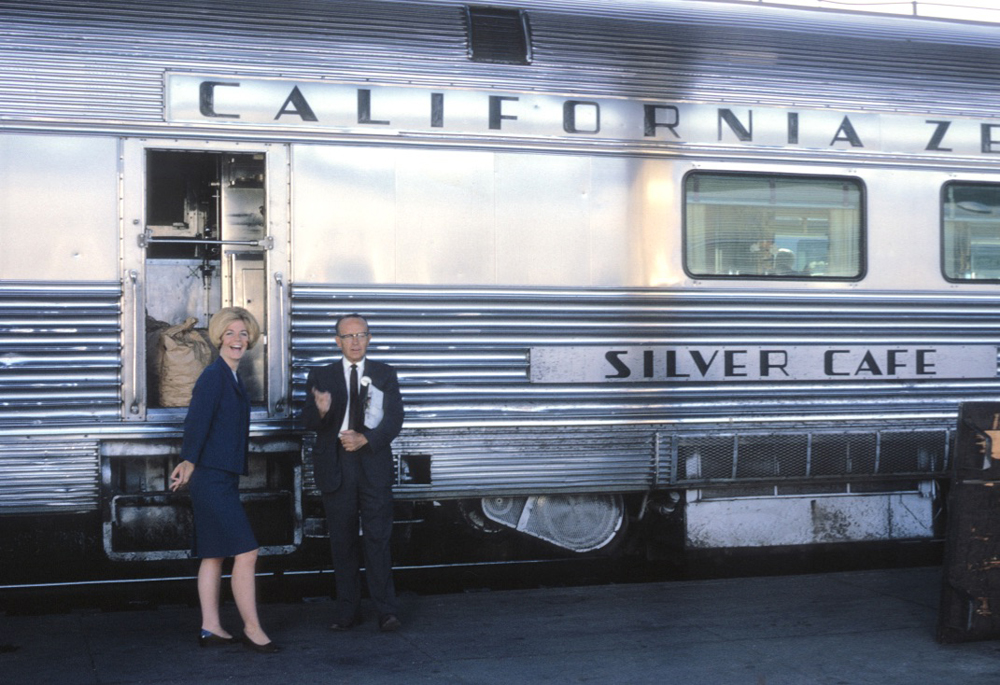
The line used by today’s California Zephyr includes the last direct North American transcontinental rail link to be built. It wasn’t completed until 1934, when the Denver & Rio Grande Western finished a 40-mile section east of Glenwood Springs, Colo. The “Dotsero cutoff” connected tracks through the 6.2-mile Moffat Tunnel, completed six years earlier, with the railroad’s original Denver-Salt Lake City route. The combination eliminated 175 circuitous miles through Colorado Springs, Pueblo, and the Royal Gorge of the Colorado River.
In 1939, Rio Grande teamed up with Western Pacific and Chicago, Burlington & Quincy to launch the Chicago-San Francisco Exposition Flyer, named for the Golden Gate Exposition of that year. It took almost a day longer to make the trip than the City of San Francisco streamliner, operated on a two-night, one-day schedule by the Union Pacific and its partners.
The faster City missed both Denver and Salt Lake City on the route of the first transcontinental railroad. It also passed through California’s mountains in darkness because it was originally timed for business travel when rail was the only viable option. Following World War II, the Burlington recognized the popularity of dome cars and other stainless-steel equipment built by the Budd Co., the carbuilder that created the railroad’s first Zephyr trainset the same year the Dotsero cutoff was completed. Seeing a chance to create a scenery-friendly schedule, the three railroads commissioned Budd to build six sets of sleeping, coach, dining, and lounge cars that became the distinctive California Zephyr, which replaced the Exposition Flyer in 1949.
Amtrak takeover
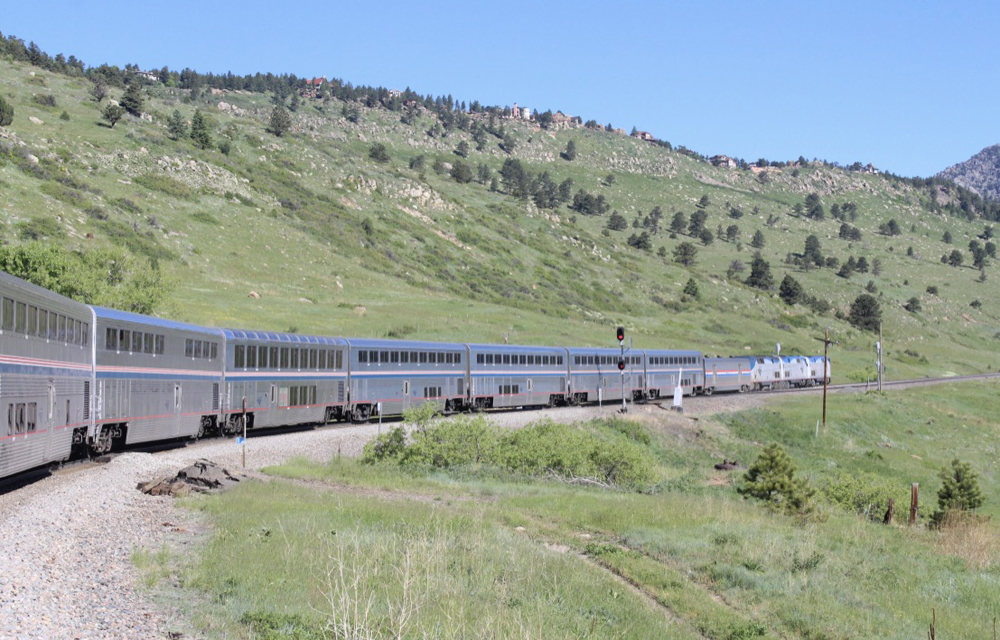
By 1970, heavy federal investment in the Interstate Highway System and aviation technology had strained many railroads’ ability to privately fund passenger trains. The Zephyr made its last run in March of that year when the Western Pacific dropped out of the partnership. The Burlington chose to stay in the game, however, by providing a “California Service” connection from its Chicago-Omaha, Neb., day train to the Rio Grande’s renamed, but now triweekly, Rio Grande Zephyr. The train connected at Ogden, Utah, with the City of San Francisco, which by then offered daytime views of the mountains west of Reno, Nev., but no through cars were exchanged at Ogden.
This is the route Amtrak sought to duplicate when it took over U.S. intercity passenger service on May 1, 1971, but the Rio Grande decided it didn’t want to run a daily train, so it declined to join Amtrak and its Zephyr continued to run between Denver and Ogden. Amtrak was forced to choose Union Pacific’s Overland Route; it named the train the San Francisco Zephyr. The arrangement lasted until the Rio Grande agreed to join Amtrak in April 1983; that’s when the California Zephyr name reappeared, ironically, at the same time its legacy domes and observation car made their last runs.
California Zephyr travel tips
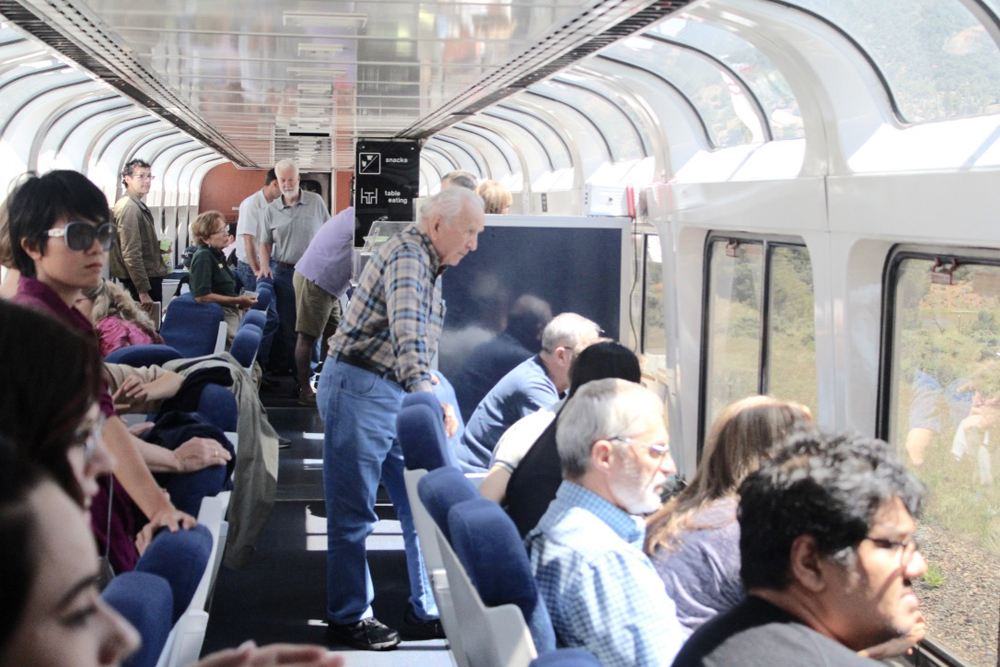
Today’s train offers spacious coach seating and private roomettes, bedrooms, and family rooms; sleeper passengers’ meals are included in the price of the fare and are served in the dining car. Train reservations can be made by calling the 800-872-7245 or at www.amtrak.com.
All travelers are welcome in the Sightseer Lounge, which also has a snack bar on the lower level. The glass-topped, big-windowed car doesn’t permit forward views or the intimacy with the outside landscape that the original Zephyr’s dome cars provided, but it offers a spacious onboard environment with both comfortable lounge chairs and booths.
Every seat in the lounge is usually taken when the train climbs out of or descends into Denver and is usually busy between the Mile High City and Glenwood Springs, Colo., as it snakes through dozens of tunnels and a series of Colorado River canyons.
Scenic highlights continue farther west as the train passes the red rocks of Ruby Canyon and over Soldier Summit east of Provo, Utah. Highlights between Reno, Nev., and Sacramento, Calif., on the transcontinental railroad’s route, include Donner Lake and a brief stop at Truckee, Calif., bypassed on the California Zephyr’s original Western Pacific tracks through the Feather River Canyon.
The train offers opportunities for passengers to stretch their legs on the three-day, two-night journey. Most of the 33 intermediate stops are brief, but travelers can usually get some fresh air on station platforms at Ottumwa, Iowa; Omaha and Lincoln in Nebraska; Denver, Glenwood Springs, and Grand Junction in Colorado; Salt Lake City, Utah; Reno, Nev.; and Sacramento, Calif.
The Amtrak app can provide accurate train status, but there is no onboard Wi-Fi and cellphone service is spotty. Amtrak no longer provides printed or downloadable timetables. The Rail Passengers Association offers one on its website; the latest version shows the train running only three days a week, but it has been operating daily on this schedule since June 2021.
Similarly, Amtrak hasn’t supplied a route guide in recent years, but a map showing principal points of interest along the way is available from a guide produced in 2004.
Demand to ride the California Zephyr is high all year, Sellouts in both sleeping cars and coaches in Colorado and Illinois are frequent, so it’s best to make reservations as far in advance as possible.
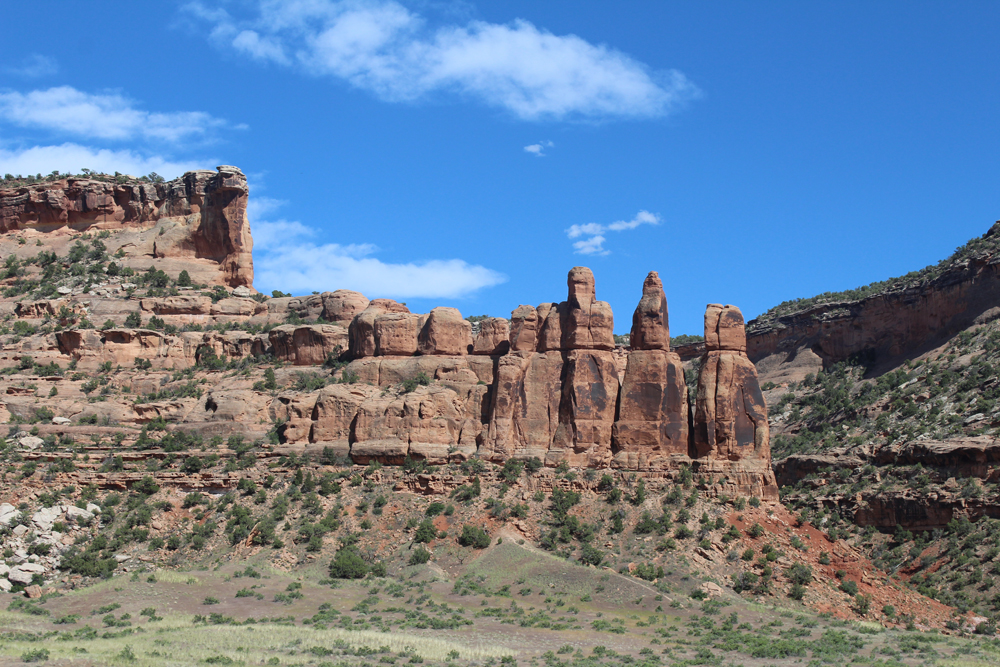





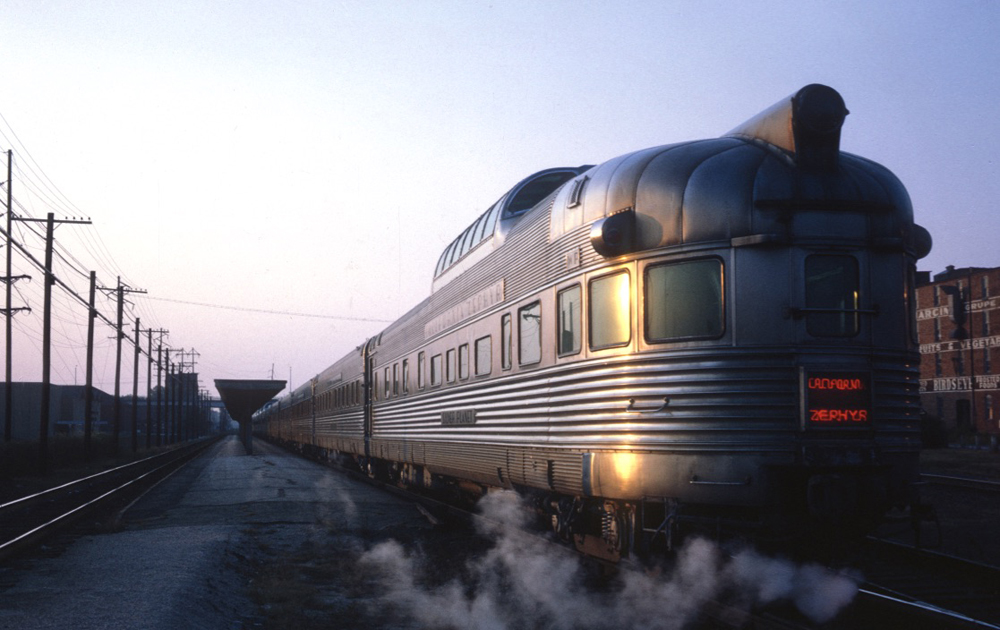


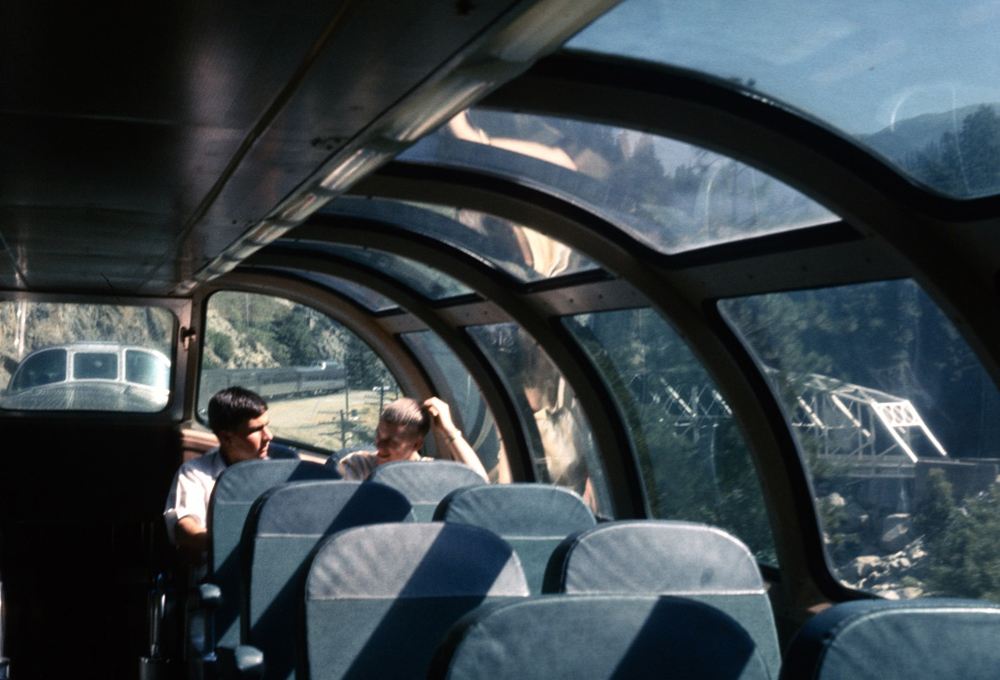


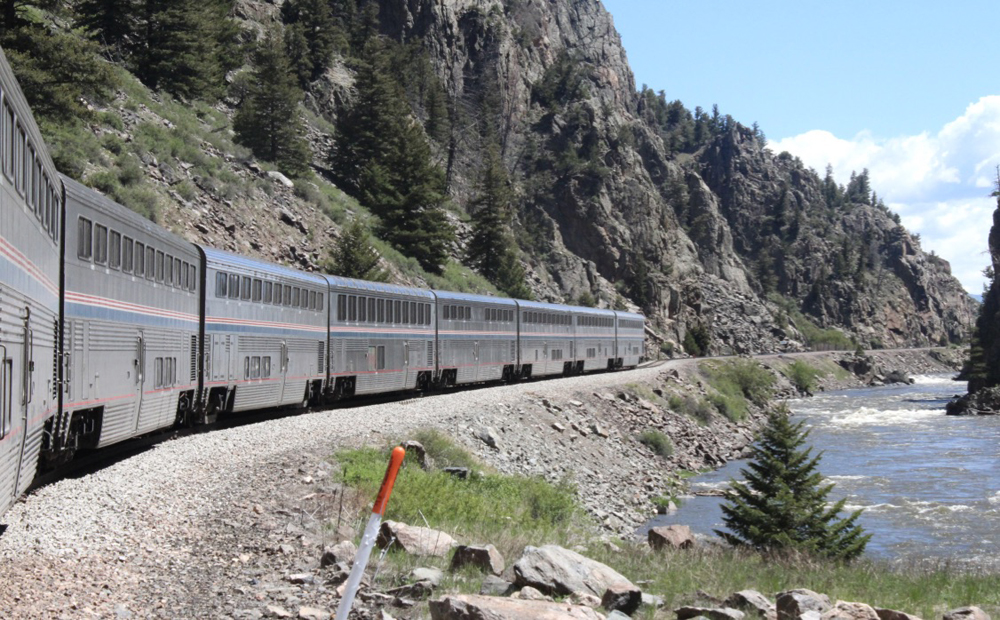



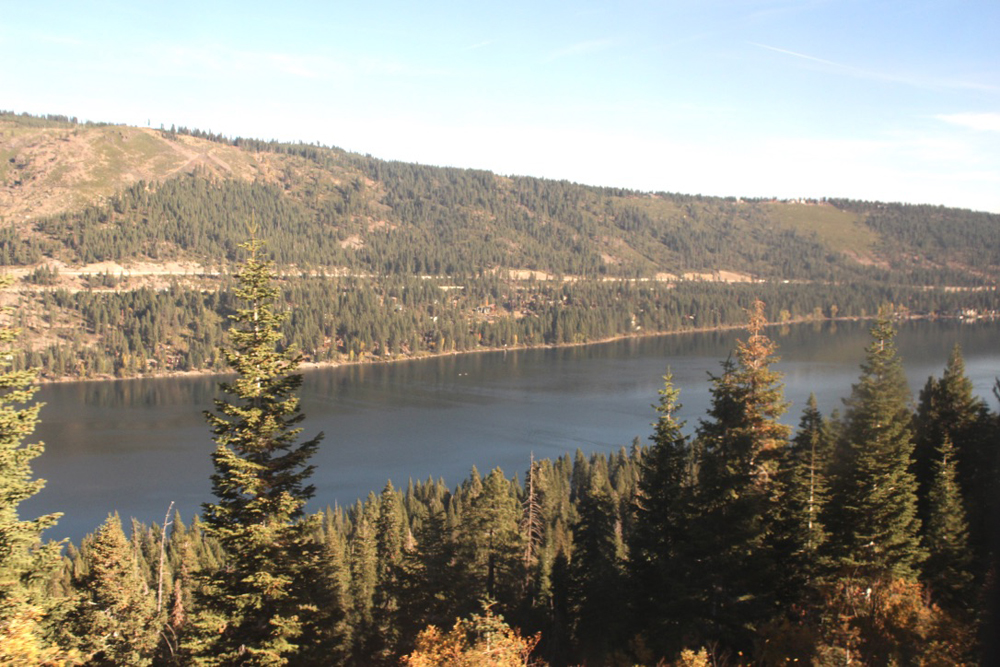


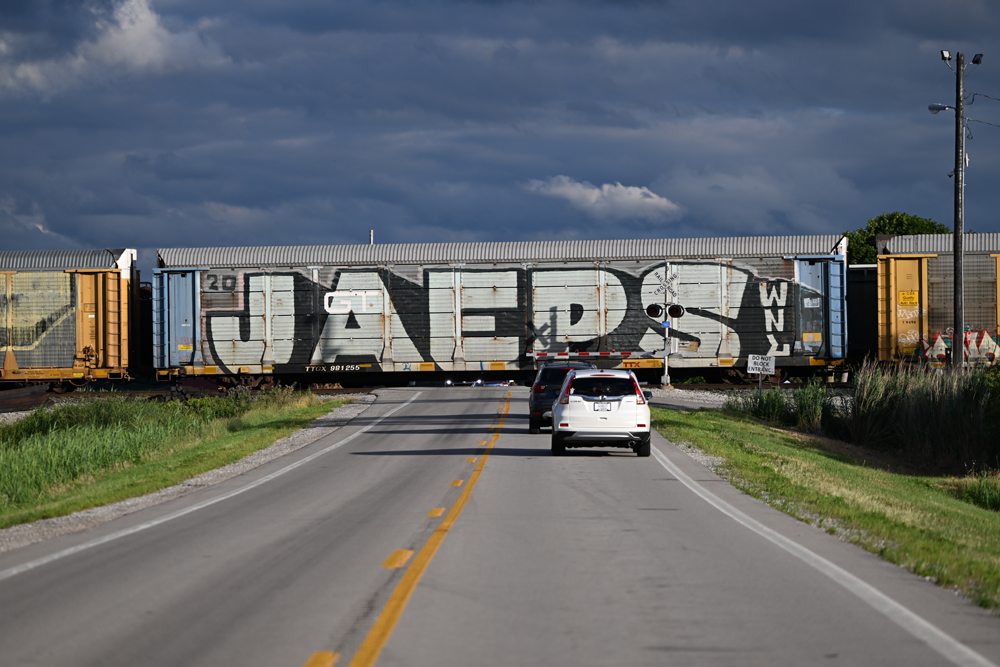
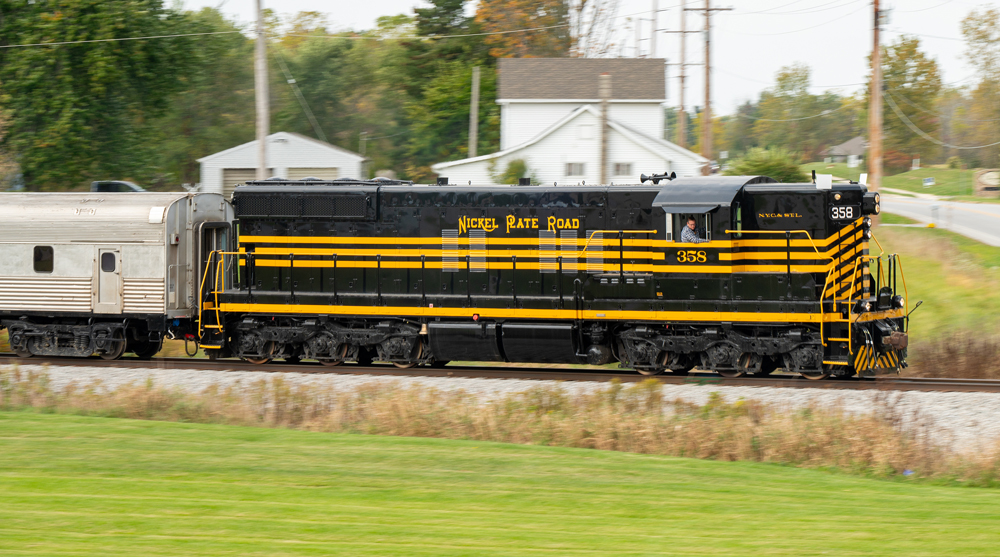
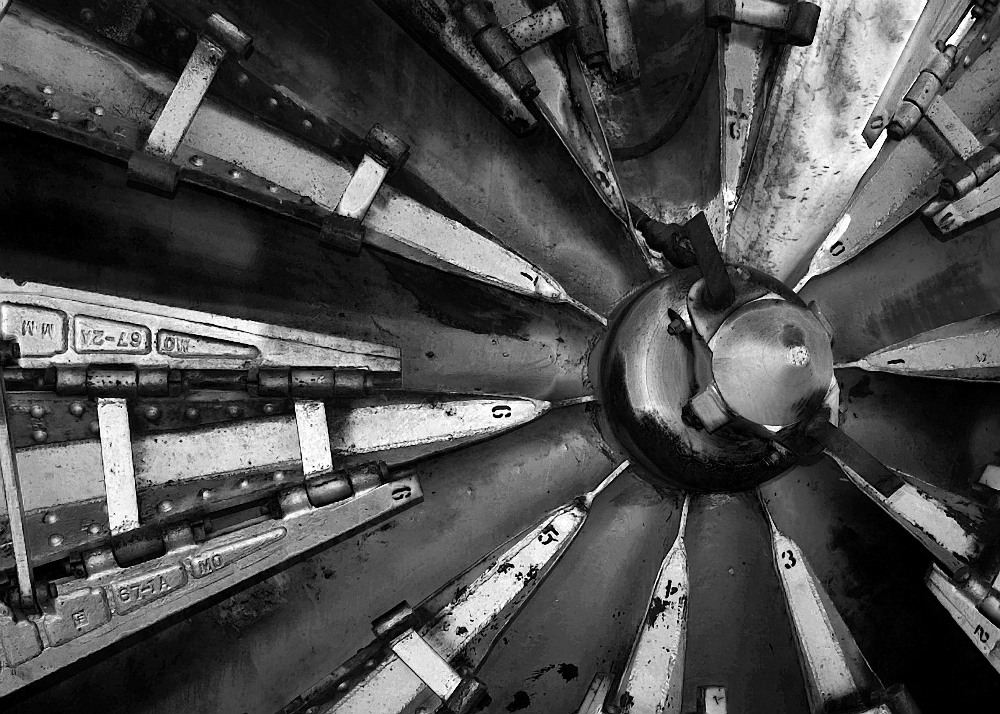
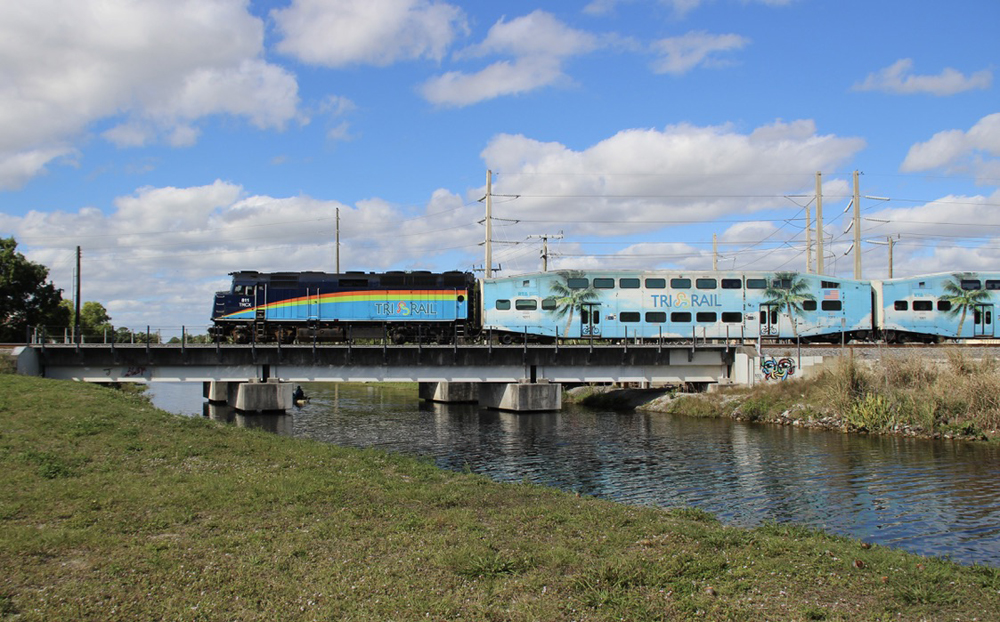




“This train’s scenic Chicago-California route runs through two mountain ranges“
It runs through 3 mountain ranges, does it not? Rocky, Wasatch & Sierra Nevada?
“Amtrak no longer provides printed or downloadable timetables.” Also noted that Amtrak no longer provides route maps or guides.
Admittedly printed costs money. But not including relevant planning information on their website makes it sound as though Amtrak doesn’t want more than commuter business.
Minor correction: the Royal Gorge of the Arkansas River not the Colorado River. Also the California Zephyr in the 1950’s was only 7 hours longer the the Union Pacific City of San Francisco.
I have ridden the California Zephyr three time: twice from Denver to Emeryville and once from Emeryville to Denver. The best trip was in the winter. The snow scenes were spectacular.
Having ridden over most of Amtrak’s system, this is the best of Amtrak’s long-distance routes. But it is costly. In 2020 the Zephyr had an operating loss of $75.2 million and an average operating subsidy per passenger of $303.84. In 2019 the operating loss was $56.6 million with an average operating subsidy per passenger of $137.78.
As is true for most of Amtrak’s long-distance trains, passengers on the Zephyr should build lots of wiggle room into their arrival and departure planning. The on time percentages at the end points for the train were 54.2% in 2020 and 44.4% in 2019.